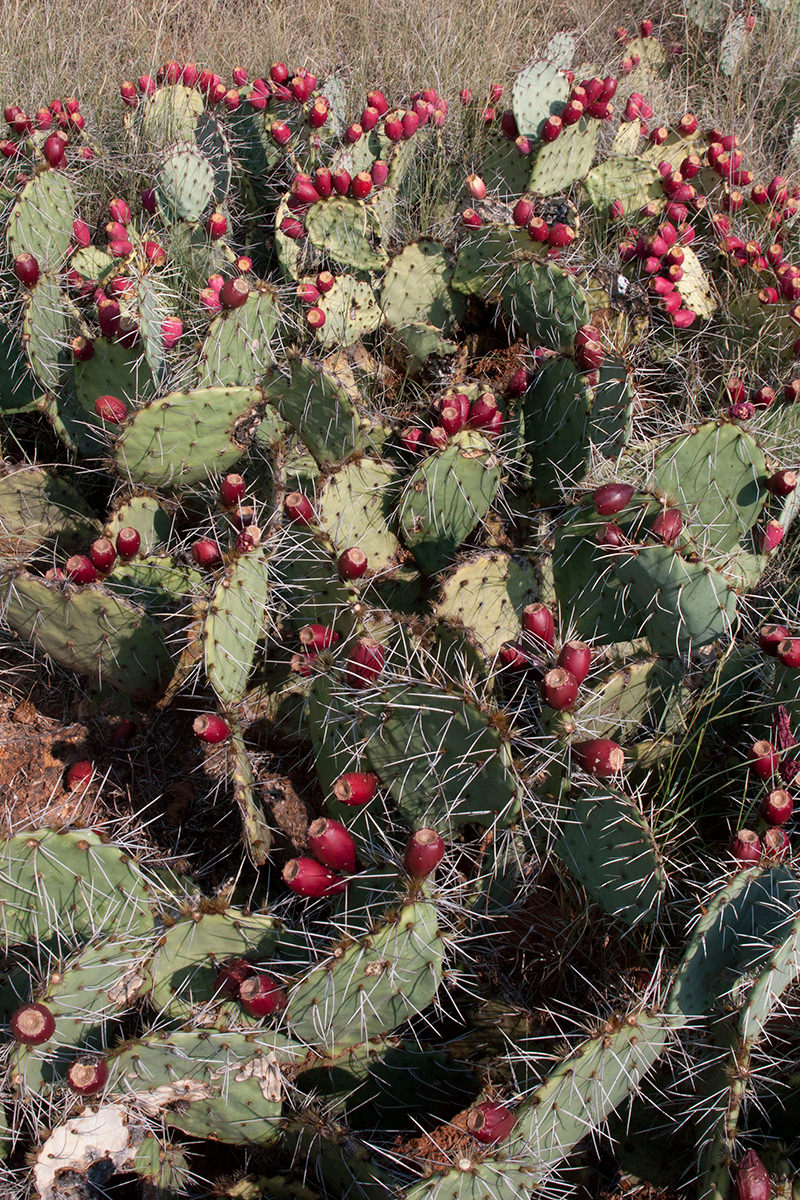
When I was a park ranger in Texas, I fell in love with wild, edible plants. I had always seen the landscape as harsh, barren and brutal. This was where I grew up: in an unforgiving playground riddled with sunburns, cactus needles, rattlesnakes and dust storms. This was image of the arid high plains, at least in my mind. That was until I moved away, spent some time in other states and other countries, and returned home with new eyes.
When I was a 7th grader in Texas history class, the topic of Native American foodways seemed boring and remote. As an adult, however, the history and culture of people who lived so closely connected with the land intrigued me. I realized that I am not so far removed from that era. It was a pivotal awakening in my life to realize that common and often bothersome plants hold a great value. Wild, natural foods and medicines are here and available to me, not just a thing of history books. Gradually, as I learned a bit more about wild plants, what I had seen as a desert wasteland became an oasis of nutrition and hydration. Prickly pears are the ideal symbol of this disguised bounty.
Eating Prickly Pears

Now, I wish I could say I have a lot of experience making prickly pear jelly or roasting up nopales (the pads), but I don’t. I would buy them canned for visitors to try at my interpretive programs about edible wild plants, partly due to health code restrictions and partly because I didn’t have a mentor to help me learn the ways of preparation. And I am perhaps a bit overly cautious about trying wild foods unless I am with someone who I trust, who has years of experience. Nonetheless, at an elder’s side, I finally got to enjoy a freshly picked prickly pear fruit sliced open with a pocket knife, warmed by the canyon sun. It was delicious!
There are hundreds of edible varieties of cactus in North America and a myriad of ways to prepare the fruit and pads. They can be roasted, boiled, pickled, powdered, juiced and eaten raw. I prefer my nopales the pads sliced and pan-fried, which taste something like a cross between green beans and green peppers, with a slimy yet firm texture. The tuna (the plant’s fruit) is sweet yet understated, like a pomegranate mixed with dark cherry.
Prepare A Prickly Pear With Care
Understanding the food you seek on your foraging quest is essential. Keep in mind that all parts of this plant are designed to dissuade predators from conquering it.
The needles are the leaves. They are modified to minimize moisture loss (similar to a pine tree’s needles) and are tender at first emergence and stiffen with age. To deal with the needles, you may be able to pluck them off the pads with (aptly-named) needle-nosed pliers, but beware—the nearly invisible hairlike spines are hard to see and very irritating. Many foragers recommend burning them off in hot coals or an open flame to singe off the small filaments, or you may seriously regret eating a cactus.
Domesticated prickly pear varieties, such as Opuntia ficus-indica are now farmed at high altitudes, and are conveniently bred to be spineless. If you want to play it safe, buy these pads in the grocery store, or if you want to develop some useful foraging skills, carefully practice harvesting them from the wild. There are many things better for protecting your hands than gardening gloves. I’ve used wadded up newspaper and a sharp knife. You can also guard yourself with paperboard, metal or plastic while using scissors to cut the pad at the ground level. Whatever you do, my best advice is to work with a knowledgeable mentor in your region to minimize injuries and to enliven the community harvesting tradition.
Sometimes we humans forget that our ancestors survived off of the very same plants we discard and grumble about having to dig up so so we can plant our gardens and build our patios. It’s healthy for us to remember our heritage and taste it, too. Consider that all domesticated varieties of plants have wild ancestors. The wilder versions of our plants are rich in vitamins, minerals and traditions. We can be nourished by all these if we so choose.




